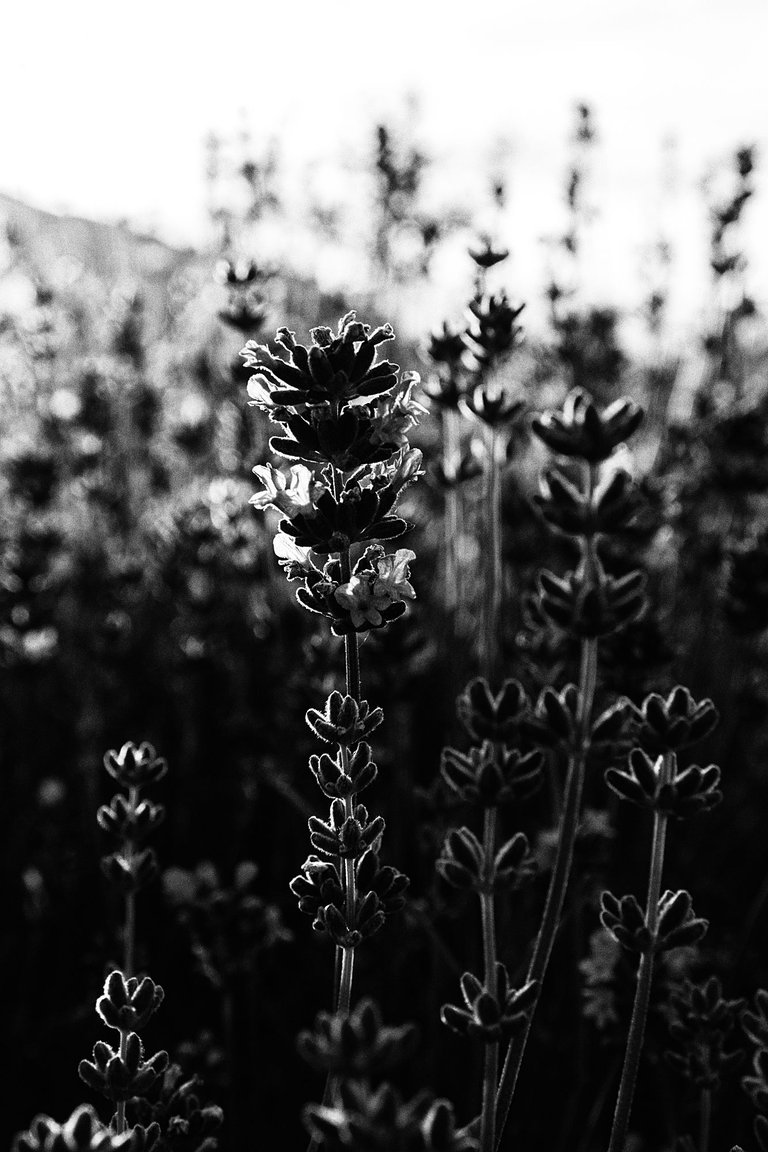
Lavender is actually coming from the mint family (Lamiaceae). It is native to the Mediterranean region, lavender thrives in dry, well-drained soils and sunny locations, making it a popular choice for gardens and landscapes in similar climates around the world.
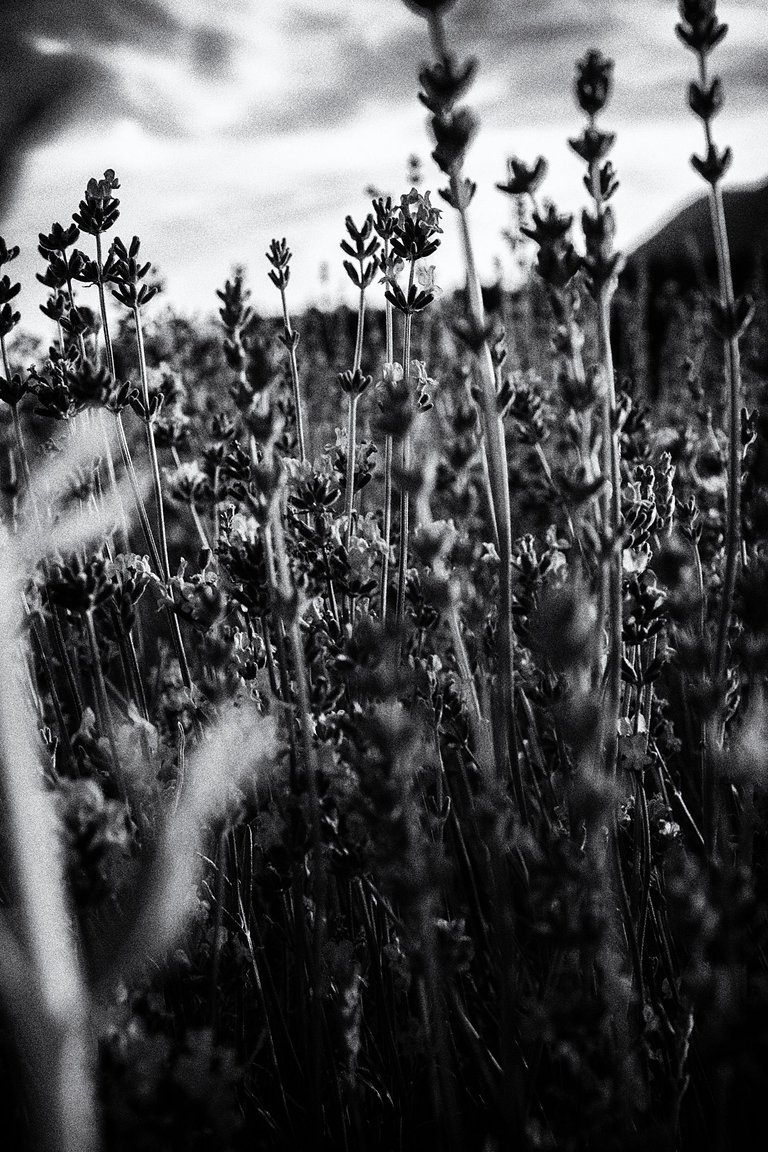
Lavender has a rich history dating back to ancient civilizations. The Romans used it for its antiseptic and therapeutic properties, as well as for scenting baths and laundry. In medieval Europe, lavender was often used to ward off infections and in the making of herbal remedies. Its pleasant aroma made it a favorite in sachets and potpourris, used to freshen linens and living spaces.
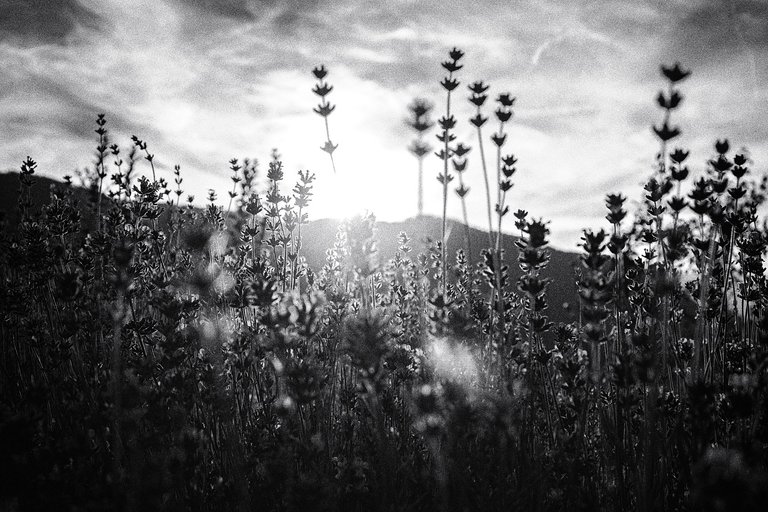
There are several species of lavender, with English lavender (Lavandula angustifolia) and French lavender (Lavandula dentata) being among the most well-known. English lavender is prized for its sweet fragrance and oil production, while French lavender is noted for its distinctive, toothed leaves and ornamental appeal.
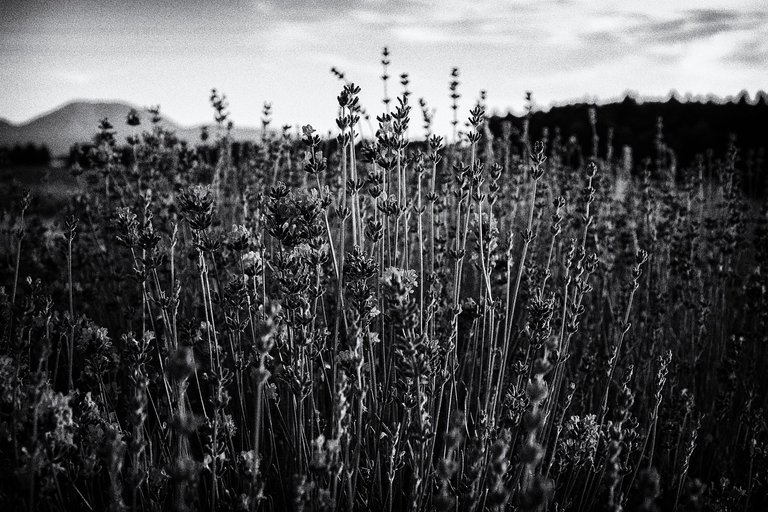
Lavender symbolizes purity, calmness, and serenity. In floral arrangements and gardens, it represents grace and elegance. Its calming properties make it a symbol of tranquility and peace.
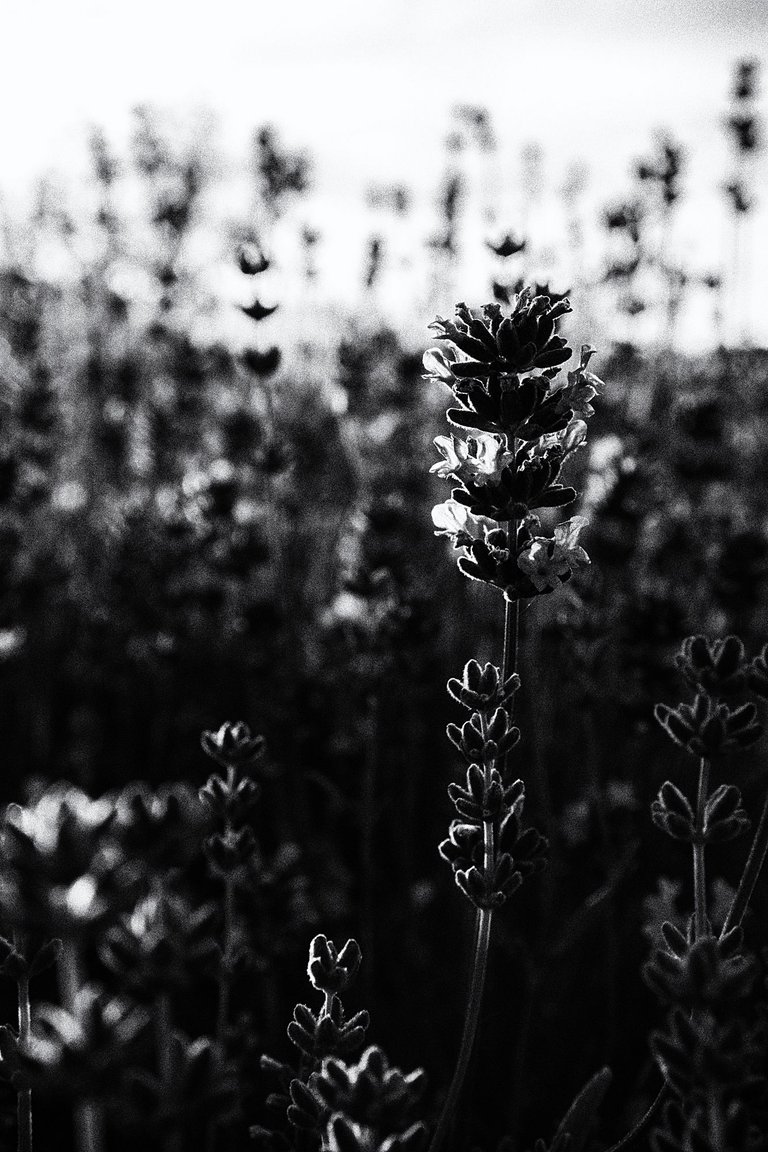
Lavender attracts pollinators such as bees and butterflies, making it an excellent addition to pollinator-friendly gardens. Its drought-resistant nature also makes it a sustainable choice for xeriscaping, promoting water conservation. Ornamental, medicinal, repellent, fragrant and much more from only one plant. Amazing!

Stay blessed
